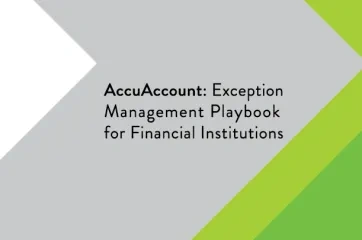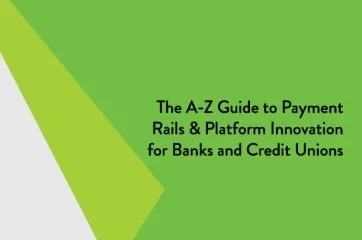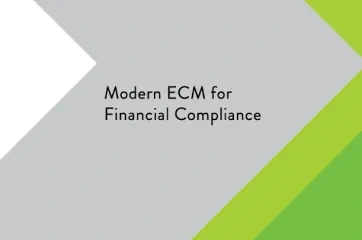Commercial underwriting involves gathering and analyzing information to make an informed decision to approve or reject a commercial credit or loan request.
Data Examined During Commercial Underwriting
Commercial loans tend to be highly scrutinized from a financial viewpoint—especially as they increase in value. Data helps the financial institution reduce risk and make an informed lending decision. The types of data used during commercial underwriting can vary from institution to institution, but common criteria include:
- the company’s age
- the company’s management expertise
- the company’s collateral value
- the applicant’s personal credit
- financial spreads that analyze data from the company’s balance sheets, tax returns, and profit and loss statements
Factors Considered in Making a Loan Determination
These variables are then reviewed with the financial institution’s safety and soundness in mind. Questions commonly asked include:
- Is this loan a good fit for our bank or credit union?
- How risky is this type of lending?
- How much collateral is available?
- What are the strengths, weaknesses, opportunities, and threats involved with approving this loan? (SWOT analysis)
Who Makes Commercial Underwriting Decisions?
Loan determinations can be made in several ways, based on the loan and the institution’s policies. Some lenders are given the authority to decide on certain types of loans up to a specific dollar amount. Over that threshold, the decision may fall to a senior credit officer or loan committee. The committee is often a wise idea, as it may identify weaknesses that the lender did not see. For exceptionally large loans, a financial institution may make a decision by a committee with final approval contingent on agreement after a review by the director’s loan committee.
Commercial Lending Resources
For more information about commercial lending, be sure to check out our extensive resource library with free spreadsheets, whitepapers, videos and eBooks.
Check out our banking definitions page for more terminology.







